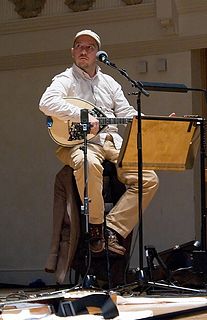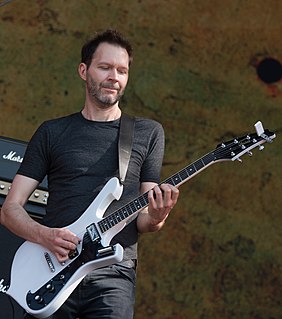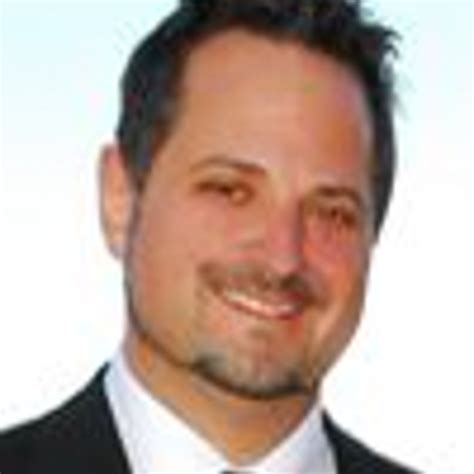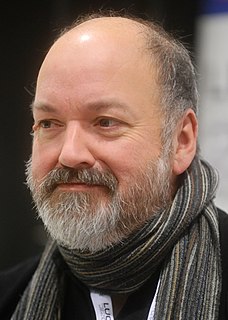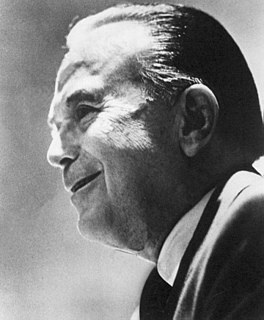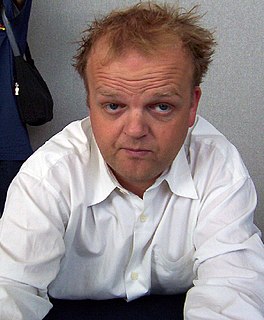A Quote by Colin Greenwood
In Kid A and Amnesiac, the guitar becomes one more texture, difficult to separate from other textures.
Related Quotes
In fact, quite a lot of what I do has to do with sound texture, and, you can't notate that. You can't notate the sound of "St. Elmo's Fire." There's no way of writing that down. That's because musical notation arose at a time when sound textures were limited. If you said violins and woodwind that defined the sound texture; if I say synthesizer and guitar it means nothing - you're talking about 28,000 variables.
The piano is an instrument that can easily sound overly thick, and I love to think that I can work with textures - particularly the inner textures inside the melody or the bass line. There is an analogy there with painting; I love paintings where you see colour underneath the colour and, underneath that, more texture and shape.
But actually making pictures to look like my pictures, I've done it for so long, I'm kind of used to it now. So at the beginning of the process, designing and storyboarding everything, I sort of did all that. And then designed the characters, and doing the textures for the characters, and the texture maps to cover all the animated characters and the sets, I did those, because that's where my sort of coloring and textures get imprinted on the film.
From what type of software could help us make a movie faster to everything else regarding the textures. Some might think, "It's probably very easy to make a film with those textures," but it's much more difficult than what it appears to be. We had to discover a faster process because otherwise it could have taken us 10 years to make it.
It requires a certain kind of mind to see beauty in a hamburger bun. Yet is it any more unusual to find grace in the texture and softly carved silhouette of a bun than to reflect lovingly on the hackles of a fishing fly? Or the arrangements and textures on a butterfly's wing? Not if you are a McDonalds's man.



